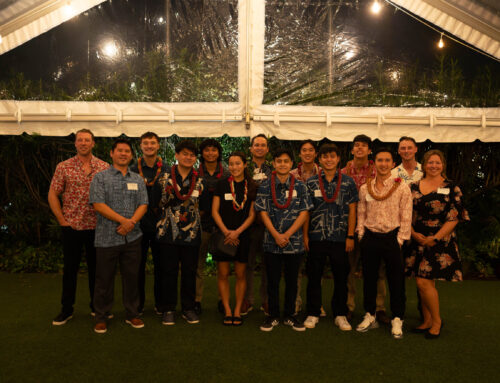Going to college is a rite of passage for millions of Americans every year. But according to the Department of Education, more than 13 million college students require financial aid to make that dream a reality each year. As student debt rises, the role of colleges, universities, and other organizations that provide scholarships increases. More students than ever require scholarships. With the increased demand, a surge in applications has followed. Many organizations have found that their outmoded method of processing scholarship applications isn’t up to the task anymore. There are three reasons why not relying on scholarship management software holds back scholarship providers.
Applications are Tedious
If a scholarship provider receives more than a handful of applications, they can become overwhelmed with paperwork. Paper and email-based applications can be slow to fill out and even slower to be processed. An applicant needs to scan their documents and then email or even mail them to the scholarship provider.
Once the scholarship provider receives the application, someone needs to print out the application, forward copies to reviewing committees, and manually contact applicants with follow-up questions from reviewers. Each stakeholder and decision-maker needs to have paper copies of documents sent to them. Results are mailed out to the applicants in the same way. Each stage is at the mercy of the postal service to deliver critical documents on time.
Many scholarships opportunities are advertised using equally archaic means. As a result, many potential applicants never hear about some opportunities.
Using a scholarship management system means that opportunities can be made available to a greater range of applicants. Scholarship management systems such as Scholar’s App include searchable listings of scholarships that allow applicants to search based on their unique interests and circumstances. Many users of Scholar’s App have reported receiving far more applications after switching to a scholarship management system.
The Review Process is Slow & Inaccessible
Without a scholarship management system, reviewers must rely on email and passing stacks of paper forms around the office. With all this paper and email, sometimes things fall through the cracks. In many cases, applications need to be reviewed by different people at different locations. This means that documents and forms must be scanned and delivered to other places as well. All this extra delivery time can stretch out the review process.
With a cloud-based scholarship management service such as Scholar’s App, reviewers, administrators, and providers can collaborate and communicate, no matter where they are. Many scholarship management systems feature notification systems that ensure that every stakeholder is updated at every stage. With the relevant parties being notified when their input is required. This leads to a more efficient review process and faster decision-making times.
The Administrative Process is Prolonged
In a conventional application process, the administrator is both the facilitator of the process and the main point of contact for the applicant. If additional information is required from the applicant, the reviewers have to notify the administrator. The administrator then contacts the applicant. The applicant’s answers then have to be relayed back to the reviewers.
Scholarship management software provides cleaner channels of communication, which results in a streamlined administrative process. Scholarship providers can make decisions faster, meaning applicants can find out the results sooner.
Scholarships have become an important service that makes higher education possible for millions of young Americans. Getting those scholarships into the hands of deserving students can be a complicated and time-consuming process. With a scholarship management system such as Scholar’s App, scholarship providers can simplify the application process, speed up the review process, and shorten administrative times.




